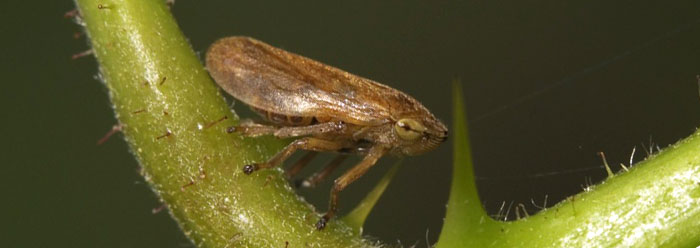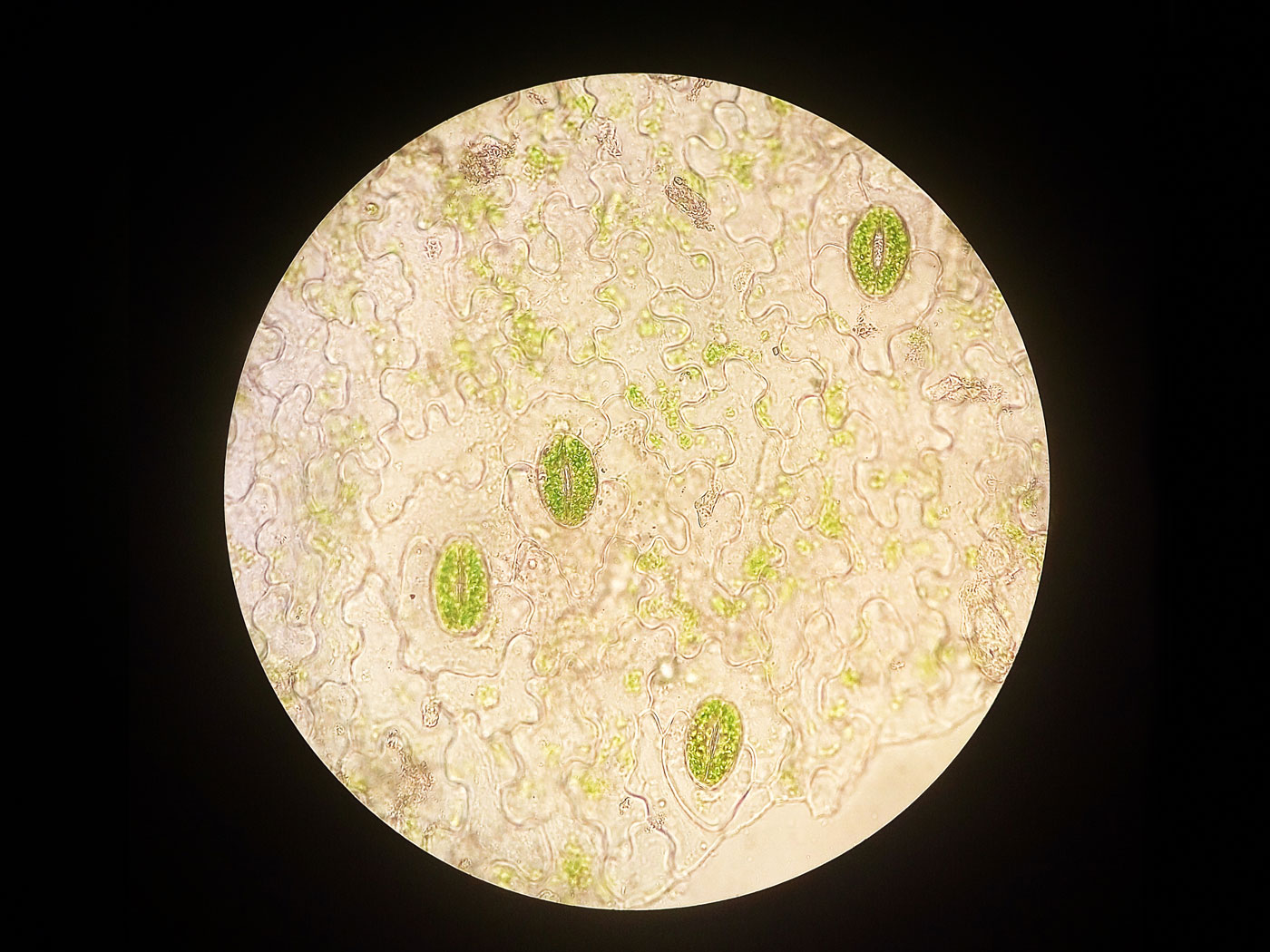Scientists are discovering engineering details of the biological structures that enable some animals to jump exceedingly far for their sizes. Froghoppers are insects that can jump 100 times their body length, and it turns out that sheer muscular strength is not nearly sufficient to account for this feat.
Research shows that the froghopper has three anatomical features that are the correct size, shape and strength to enable its leaping prowess: a stiff arch made of the same material as the insect’s exoskeleton (chitin), a flexible protein connective layer (resilin), and a powerful, attached muscle. When the insect jumps, “the energy storage is primarily in the chitinous…arches, with the resilin adding other essential properties to these composite structures.”1 The muscle bends this arch, which is connected to the insect’s hind legs, until it is at the appropriate tension. Then “mechanical ‘latches’ on the coxa and femur release,” springing the insect with a force of up to 414 times its own body weight.2
Another remarkable engineering detail is that “the pleural arches may work like a composite bow used in archery.”1 The combination of the two materials, chitin and resilin, in the arch enables it to resist wear, keep its shape after many uses, and remain tensed for long periods.
According to standard evolutionary reasoning, all of life’s features—which include this finely tuned spring and release machine—were invented by unaided nature, “in spite of the patent absurdity of some of its constructs,…[and] in spite of the tolerance of the scientific community for unsubstantiated just-so stories.”3
In the engineering world, however, interdependent features are hallmarks of purposeful design, not happenstance. Only in precise combination do the resilin and chitin materials, properly attached to muscle, skeleton, nervous system, and legs, enable the froghopper to be the world record jumper. It must take a great leap of faith in the unobserved powers of nature to ascribe the origin of this kind of precise mechanism to anything other than an adequate cause—and the Creator God of the Bible is more than adequate.
References
- Burrows, M. et al., 2008. Resilin and cuticle form a composite structure for energy storage in jumping by froghopper insects. BMC Biology. 6: 41.
- Amos, J. 2003. Garden insect is jump champion. BBC News. Posted on news.bbc.co.uk July 30, 2008, accessed September 30, 2008.
- Lewontin, R. 1997. Billions and Billions of Demons. The New York Review of Books. 44 (1): 31, a review of The Demon-Haunted World: Science as a Candle in the Dark by Carl Sagan. The sentence that is quoted begins, “We take the side of science...,” but the presumption that “science” must exclude the possibility of design by creation is entirely belief-based and counter-scientific. Rather, the science shows—in this case, by observation and inference—that interdependent structures like this must have been purposefully manufactured.
* Mr. Thomas is Science Writer.
Article posted on October 13, 2008.























